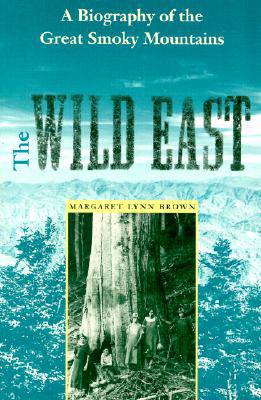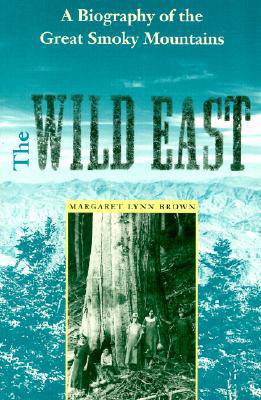
- Retrait gratuit dans votre magasin Club
- 7.000.000 titres dans notre catalogue
- Payer en toute sécurité
- Toujours un magasin près de chez vous
- Retrait gratuit dans votre magasin Club
- 7.000.0000 titres dans notre catalogue
- Payer en toute sécurité
- Toujours un magasin près de chez vous
Description
"The Wild East is a graceful, accurate, and, in its subdued way, a passionate account. The author calls it a 'biography' of the great Smokies and it does strike a more intimate note than similar histories usually do. I find it not only a valuable document but a friendly and interesting book. Margaret Lynn Brown has a deft touch."--Fred Chappell, author of Look Back All the Green Valley
The Wild East explores the social, political, and environmental changes in the Great Smoky Mountains during the 19th and 20th centuries. Although this national park is most often portrayed as a triumph of wilderness preservation, Margaret Lynn Brown concludes that the largest forested region in the eastern United States is actually a re-created wilderness--a product of restoration and even manipulation of the land.
Several hundred years before white settlement, Cherokees farmed and hunted this land. Between 1910 and 1920, corporate lumbermen built railroads into the most remote watersheds and removed more than 60 percent of the old-growth forest. Despite this level of human impact, early promoters of a national park represented the land as an untouched wilderness and described the people living there as pioneers.
During the 1930s, landscape architects and Civilian Conservation Corps workers transformed the Smokies, building trails, campgrounds, and facilities that memorialized the rustic ideals of Roosevelt-style conservation. With the advent of the 1950s, enthusiasm for the national park system boomed again; cultural interpreters went to work to create a Ponderosa-like scene in Cades Cove, while developers in Gatlinburg emulated the designs of western ski resorts. During the 1960s, however, wilderness advocates began lobbying for a less manicured, more natural-looking landscape.
In the 1970s, Brown writes, the Smokies faced many of the consequences of these management decisions. Major crises with brook trout, black bears, and exotic species pushed park officials toward a greater regard for ecology. At the same time, scientists trained during the environmental movement foraged through the land's history and sought to re-create the look of the landscape before human settlement. Park management continues to waffle between these shifting views of wilderness, negotiating the often contradictory mission of promoting tourism and ensuring preservation.
Spécifications
Parties prenantes
- Auteur(s) :
- Editeur:
Contenu
- Nombre de pages :
- 479
- Langue:
- Anglais
- Collection :
Caractéristiques
- EAN:
- 9780813020938
- Date de parution :
- 02-03-01
- Format:
- Livre broché
- Format numérique:
- Trade paperback (VS)
- Dimensions :
- 152 mm x 229 mm
- Poids :
- 698 g

Les avis
Nous publions uniquement les avis qui respectent les conditions requises. Consultez nos conditions pour les avis.






